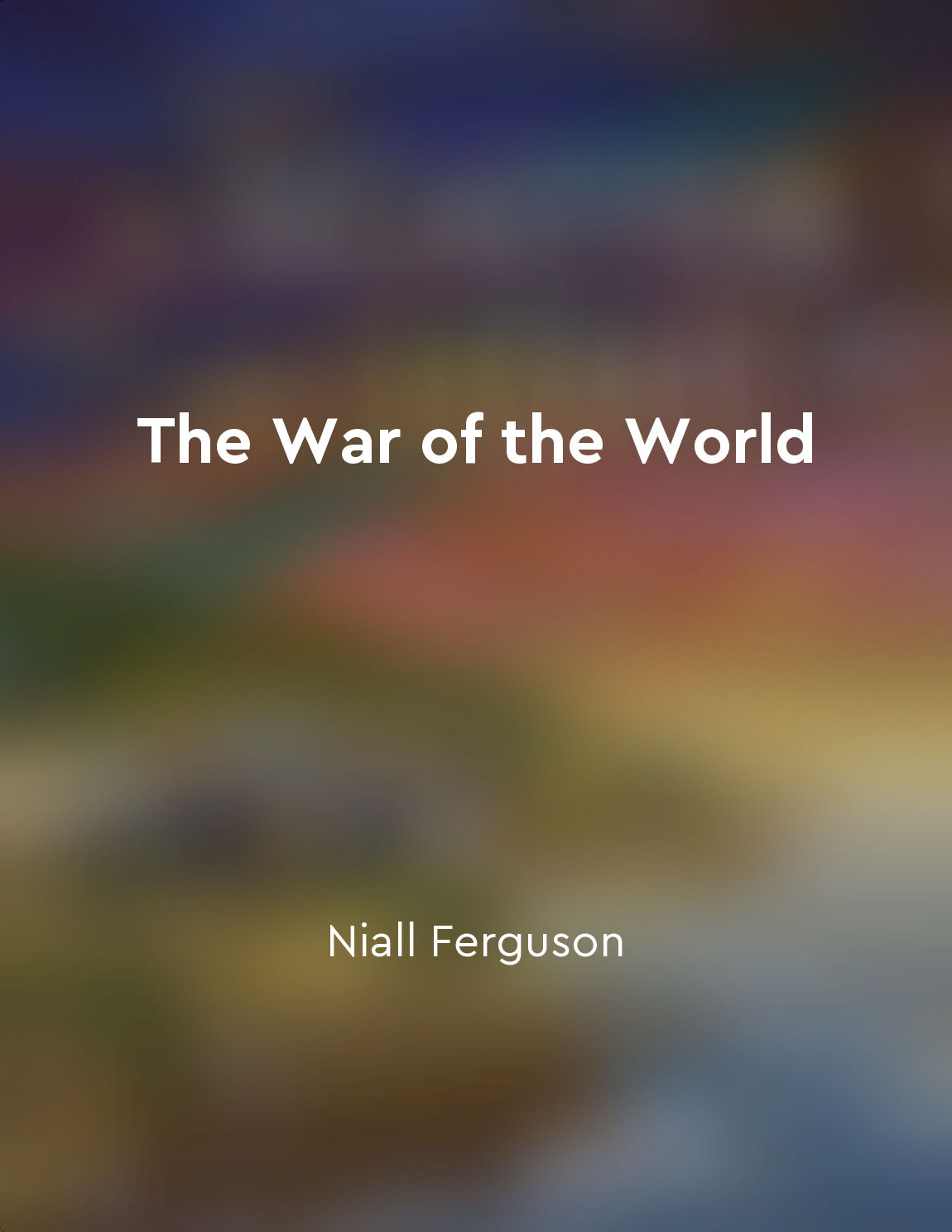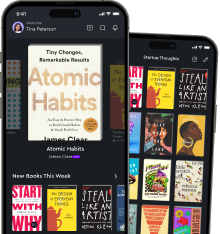The doomsday machine was a product of Cold War paranoia from "summary" of The Doomsday Machine by Daniel Ellsberg
The doomsday machine, as depicted in my book "The Doomsday Machine," was not a mere theoretical concept - it was a very real and tangible product of Cold War paranoia. The fear and suspicion that pervaded the political and military landscape during that time led to the creation of a doomsday scenario that was truly horrifying in its implications. The idea of a doomsday machine was born out of a desire for deterrence - the belief that by constructing a weapon of such unimaginable destructive power, one could prevent the outbreak of nuclear war. The logic was that no sane leader would risk initiating a conflict if the consequences were so catastrophic. However, this logic was flawed from the start. The construction of a doomsday machine did not make the world safer - it made it infinitely more dangerous. The very existence of such a device only served to heighten tensions and increase the likelihood of a nuclear exchange. Furthermore, the doomsday machine was not a fail-safe mechanism as some believed it to be. In reality, the system was riddled with vulnerabilities and potential points of failure that could easily result in an accidental launch. This was a terrifying prospect - the idea that the end of the world could be triggered by a simple technical malfunction. The Cold War era was marked by a pervasive sense of fear and mistrust between the United States and the Soviet Union. This atmosphere of paranoia was a driving force behind the creation of the doomsday machine. The belief that the enemy was always one step away from launching a surprise attack led to a mindset of constant vigilance and preparedness.- The doomsday machine was not a rational response to the challenges of the Cold War - it was a manifestation of the very paranoia that defined that era. Its construction was a testament to the dangers of letting fear dictate our actions, and serves as a stark reminder of the perilous path we tread when we allow ourselves to be consumed by paranoia.
Similar Posts

Economic volatility often leads to conflict
Niall Ferguson argues that throughout history, economic volatility has been a key factor in leading to conflict. When economies...
The Cuban Missile Crisis heightened tensions between the US and USSR
The Cuban Missile Crisis was a pivotal moment in the Cold War between the United States and the Soviet Union. It began when Ame...
Ellsberg believed this policy was reckless and immoral
Ellsberg was deeply troubled by what he saw as a dangerous and unethical policy being pursued by the government. He believed th...
Ellsberg's actions were driven by a sense of duty
Daniel Ellsberg's actions were not motivated by personal gain or fame. He did not leak the Pentagon Papers or expose the truth ...
Einstein rejected quantum mechanics
Einstein's rejection of quantum mechanics stemmed from his belief that it was an incomplete theory. He was uncomfortable with t...
The Los Alamos facility was essential to the project
The Los Alamos facility played a crucial role in the development of the atomic bomb during World War II. This remote site in Ne...

